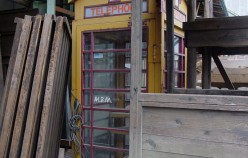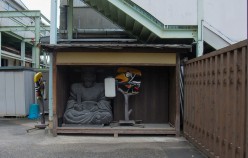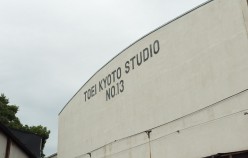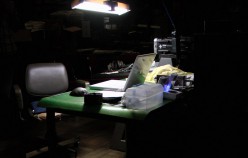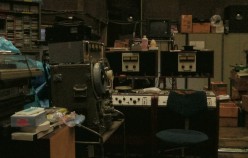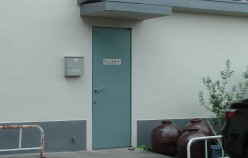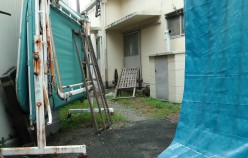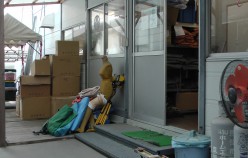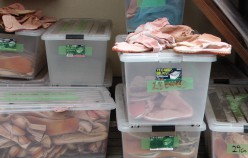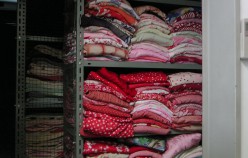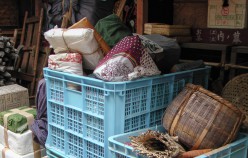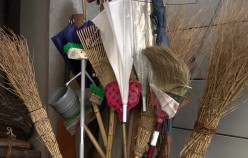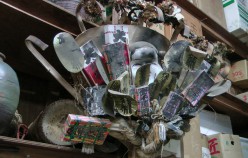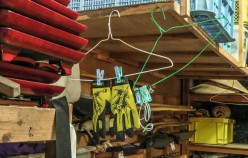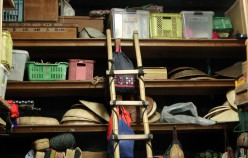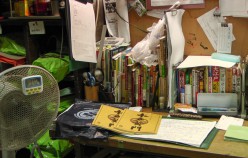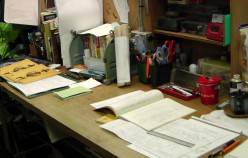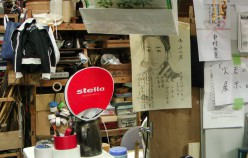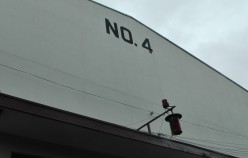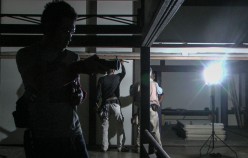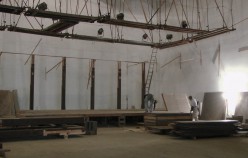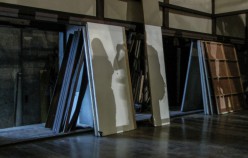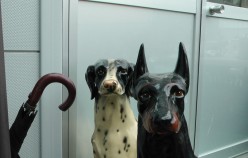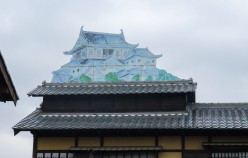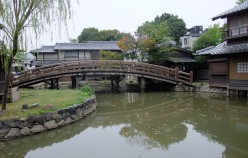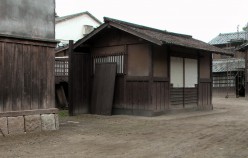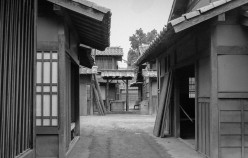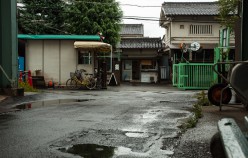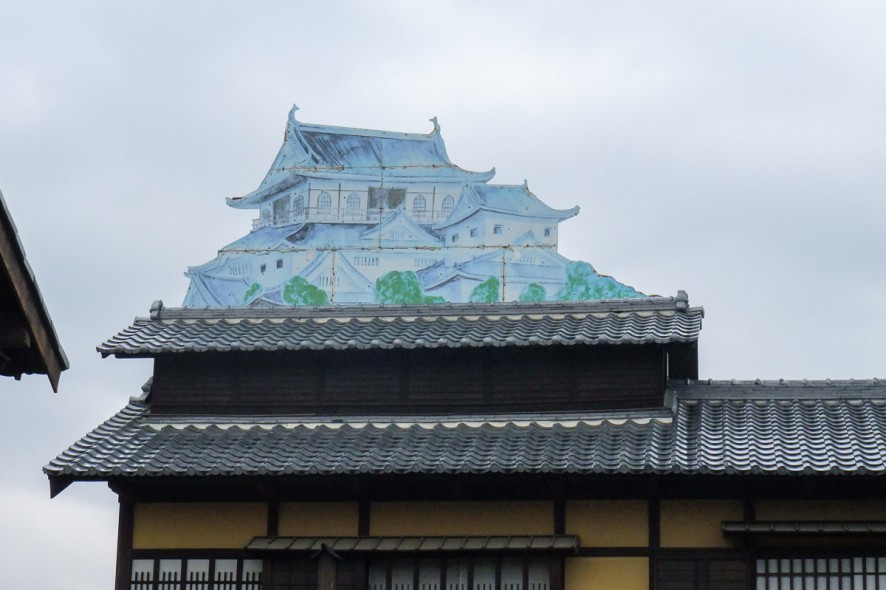Image above: A Castle on the Roof (Eigamura, Kyoto)
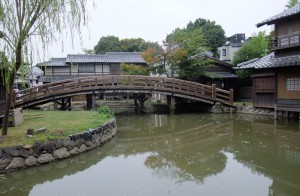
For a long time I had been fascinated by those samurai films with their colourful productions of ancient times, dashing sword fights and reencountered legends. Only later I learned that they are considered a unique performing arts genre in Japan, commonly referred to as Jidaigeki productions. Effectively they are “period drama” and often set in the Edo Period (1603 – 1868) (sometimes a bit earlier). Jidaigeki shows the lives of the samurai, farmers, craftsmen, and merchants of their time. Alternatively, sometimes these films are called chambara movies, meaning “sword fight”. They follow a specific set of dramatic conventions including the use of makeup, language, catch phrases and plot lines.

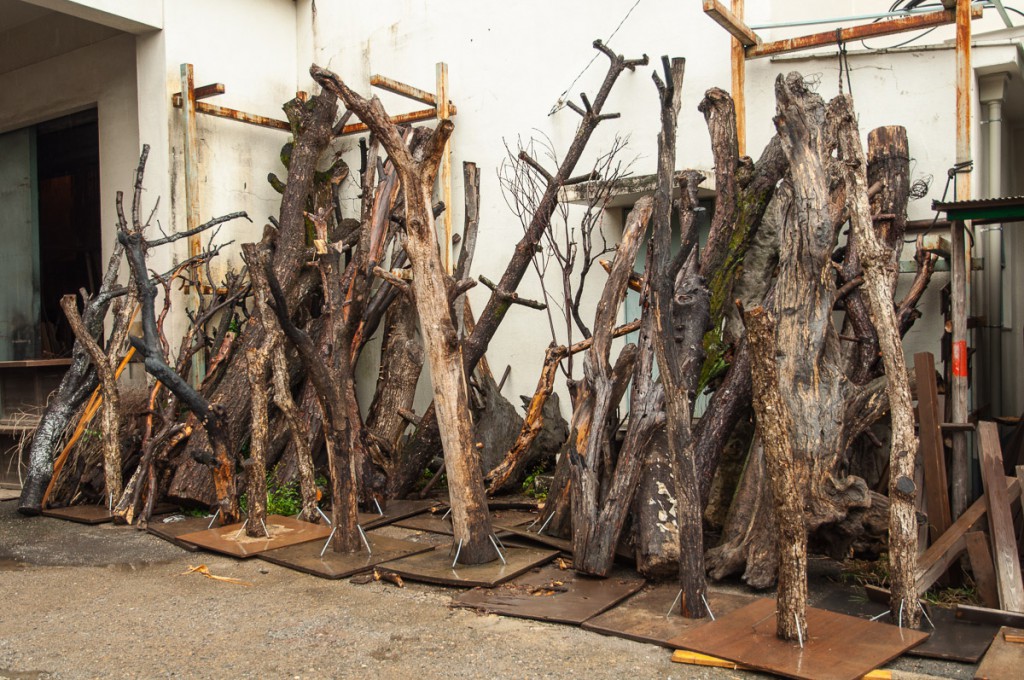
Kyoto, or more precisely, Uzumasa, a district in the South West of Kyoto, provides the home to TOEI Studios Kyoto and not far away to SHOCHIKU Studios Kyoto. Both studios have been here for decades. They are both branches of two of the major film studios in Japan and feature large spaces and sets that are specialised for the filming of Jidaigeki productions. Although, of course, other productions may find their temporary home here, as well.




At Uzumasa Eigamura is a studio filmset and theme park for the interested public where sets of well known movies are recreated and visitors can experience Jidaigeki atmosphere, including performances by actors and dressing up in costumes. As a trope it sometimes is featured in TV dramas or manga on the classic high school trip to Kyoto, providing the backdrop to extra fuel to already evolving drama or comic relief. But this is just a side note.

Passing through the Studios
Following the softfooted cat, taking a tour through the studios, forgetting what time period it is. Memories, dreams and projections meet for a brief moment.
